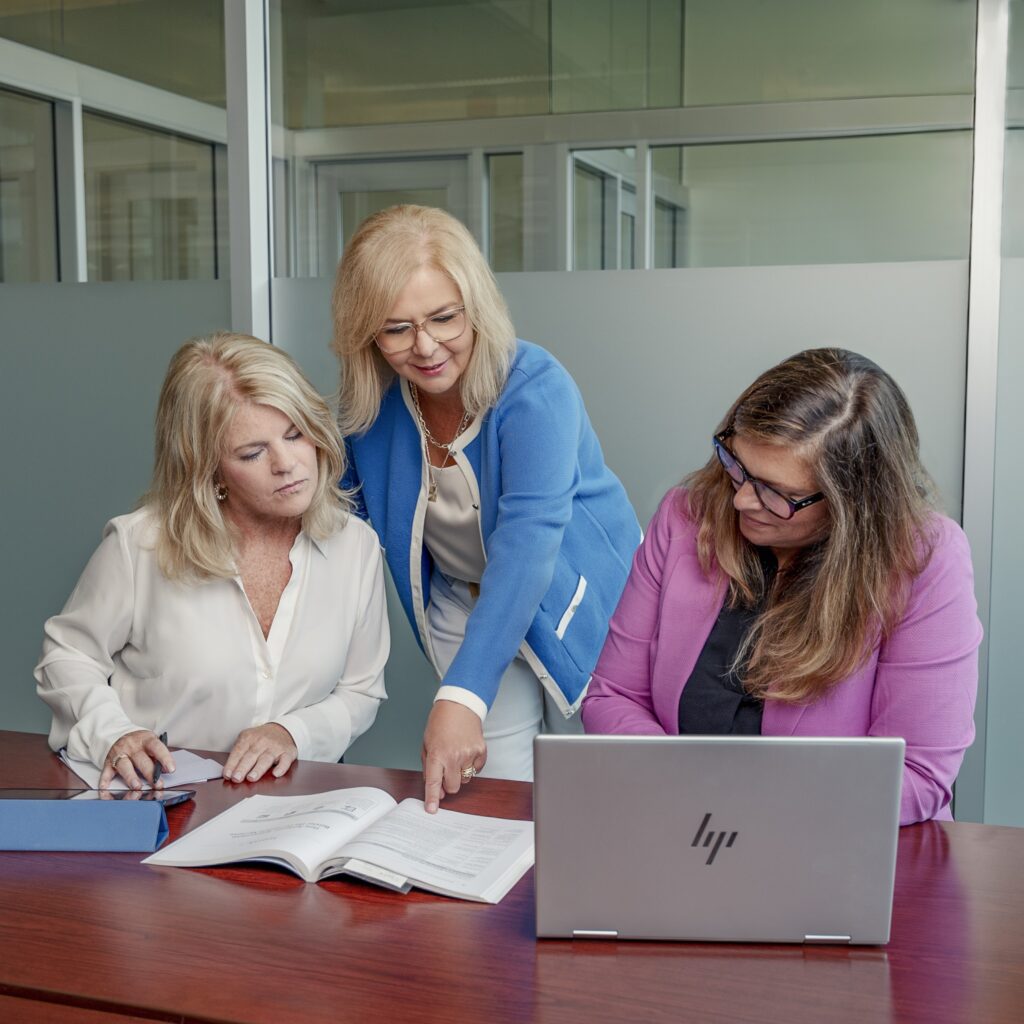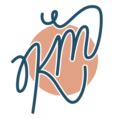
In today’s fast-paced educational landscape, K-12 administrators often face a significant challenge: delivering impactful professional development that truly meets the diverse needs of their faculty while navigating budget and scheduling constraints. At KM Educational Consulting, we specialize in providing customized and effective teacher professional development programs designed to address these very challenges.
We recently partnered with an elementary school to design a self-paced online professional development course, strategically built upon the principles of microlearning. Through collaborative discussions with the school’s administrative team, we identified a critical need for immediate, yet flexible, professional development. Understanding their scheduling limitations, we proposed alternatives to traditional in-person sessions, ultimately collaborating to develop a self-paced online course that perfectly suited their needs.
New approaches to teaching skill development since Covid-19
Since the onset of the pandemic, teacher professional development has undergone a remarkable transformation, necessitating innovative approaches. With traditional in-person workshops shifting, educators readily embraced virtual platforms and digital tools to continue their growth journey. This evolution led to a rise in webinars, online courses, and virtual collaboration spaces, alongside a growing exploration of self-paced learning modules. This flexible approach not only enhances accessibility but also empowers educators to take ownership of their learning journey, ultimately fostering a more resilient and adaptable teaching workforce.
Microlearning is not a new concept
Herman Ebbinghaus in the mid-1880s was studying memory and discovered concepts like “learning curve” and “forgetting curve”. Ebbinghaus’ “forgetting curve” depicts that we can lose more than half of newly learned information within a month! When we learn large amounts of information, we only recall parts of it. However, when we learn smaller bits of information that we consider ‘important’, we remember it better. So microlearning can actually help us retain more because we only engage with small amounts of information and for a short duration.
We went into designing this specific professional development with two underlying theories: microlearning and the VAK learning model. We created text-based, audio and visual learning materials in Google Classroom that would require about 15-20 minutes of learner engagement. Teachers had to proceed through the ‘chunks’ in a predetermined order as the learning material built on one another.
K12 Schools Embrace Microlearning for Professional Growth
This recent Edutopia article tittled “Setting Up In-House Microlearning for Teachers via a Message App” describes a school’s experimentation with delivering professional development using microlearning. The program encouraged participants to share experiences, try new teaching tools monthly, and engage in discussions via a group chat. The key strategies used (see the list below) fostered a sense of community among teachers and provided support and encouragement throughout the academic year. The article suggests that similar approaches could be beneficial for schools with limited time and resources.
Positive Reviews Illuminate Success
Our experience designing this self-paced online professional development course, grounded in microlearning principles, has been transformative. The success of our approach was evident in the overwhelmingly positive faculty feedback. Teachers consistently reported appreciating the flexibility and effectiveness of learning in smaller, manageable “chunks” at their own pace, leading to enhanced comprehension and practical application of new skills.
Our experience designing this self-paced online professional development course, grounded in microlearning principles, has been transformative. The success of our approach was evident in the overwhelmingly positive faculty feedback. Teachers consistently reported appreciating the flexibility and effectiveness of learning in smaller, manageable “chunks” at their own pace, leading to enhanced comprehension and practical application of new skills.

By integrating evidence-based practices like microlearning, we empower educators, ignite their passion for teaching, and foster the sustained professional growth essential for student success and the development of learner agency. Microlearning modules can serve as valuable add-ons to existing professional development courses for educators, providing ongoing support, reinforcement, and opportunities for deeper dives into specific topics.

Ready to explore how customized professional development can transform your school?
Contact KM Educational Consulting today to schedule a consultation and let us design a professional development plan tailored to your unique needs and academic goal!

